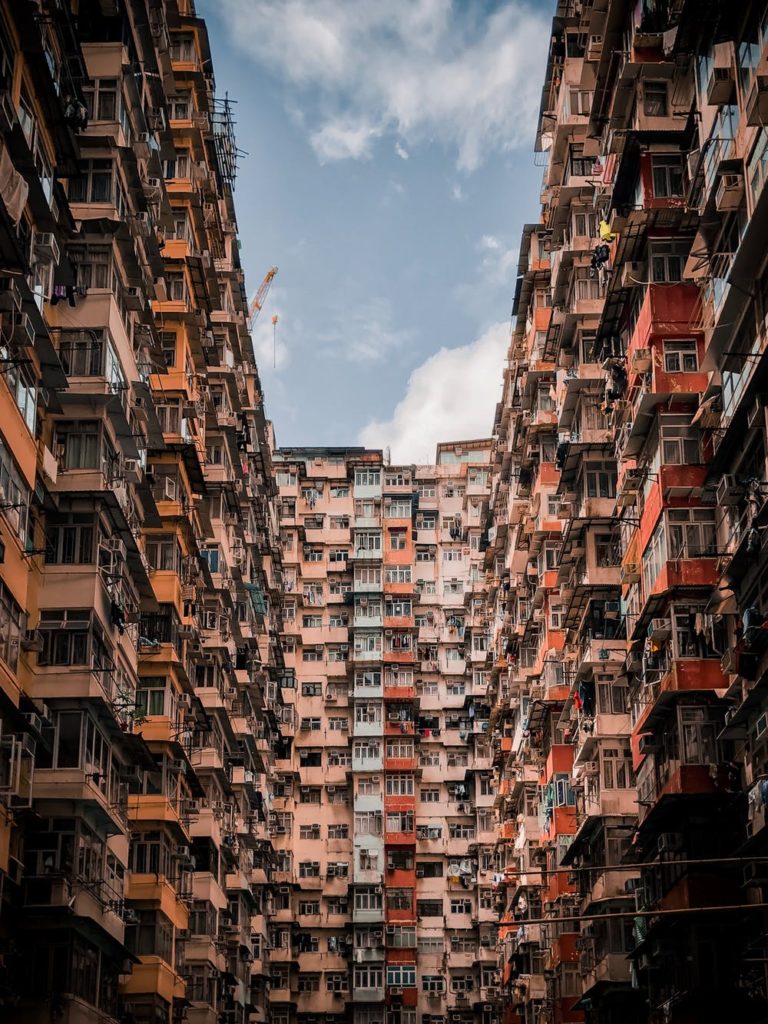WHAT NATIONAL BUILDING CODE (NBC) OF INDIA COVERS FOR FIRE & LIFE SAFETY.

Jan 03 2020 | Prashik B Bansod
The National Building Code of India (NBC), a comprehensive building Code, is a national instrument providing guidelines for regulating the building construction activities across the country. It serves as a Model Code for adoption by all agencies involved in building construction works be they Public Works Departments, other government construction departments, local bodies or private construction agencies. The Code mainly contains administrative regulations, development control rules and general building requirements; fire safety requirements; stipulations regarding materials, structural design and construction (including safety); building and plumbing services; approach to sustainability; and asset and facility management.
The Code was first published in 1970 at the instance of Planning Commission and then first revised in 1983. Thereafter three major amendments were issued to the 1983 version, two in 1987 and the third in 1997. The second revision of the Code was in 2005, to which two amendments were issued in 2015.
Due to large scale changes in the building construction activities, such as change in nature of occupancies with prevalence of high rises and mixed occupancies, greater dependence and complicated nature of building services, development of new/innovative construction materials and technologies, greater need for preservation of environment and recognition of need for planned management of existing buildings and built environment, there has been a paradigm shift in building construction scenario.
NBC for Fire & and Life safety specifies the demarcation of fire zones, restrictions on construction of buildings in each fire zone, classification of buildings based on occupancy, types of building construction according to fire resistance of the structural and non-structural components and other restrictions and requirements necessary to minimise danger to life from fire, smoke, fumes or panic before the buildings can be evacuated.
According to NBC Buildings are classified according to use or the character of occupancy in one of the following groups:
Group A Residential Group B Educational Group C Institutional Group D Assembly Group E Business Group FMercantile Group G Industrial Group H Storage Group J Hazardous
Residential buildings: The code defines residential buildings as constructions “in which sleeping accommodation is provided for normal residential purposes with or without cooking or dining or both facilities, except any building classified under Group C”. Group C buildings cover institutional buildings.
Dangers to avoid: According to the code, “Every building shall be constructed, equipped, maintained and operated as to avoid undue danger to the life and safety of the occupants from fire, smoke, fumes or panic during the time period necessary for escape.”
Rules for exits: Under the code, while doorways, corridors, passageways are defined as exits, elevators are not kept in that category. The code says that no alterations should be made in a building to reduce the number, width or protection of exits as are required.
Mandatory fire safety drills: As fire may cause a serious issue in the case of highrises, unless a plan for orderly and systematic evacuation is prepared, fire drills should be conducted at least once in three months in high-rise buildings during the first two years of its construction, says the National Building Code 2005. After that, such drills have to be conducted once in six months.
Fire detection and alarm systems: In buildings of large sizes where a fire may not itself provide adequate warning to the occupants, automatic fire detection, and alarm facilities are a must.
Installation of fire extinguishers: Based on their occupancy, use and height, all buildings have to be protected by fire extinguishers, wet risers, automatic sprinkler installations, water sprays, etc.
